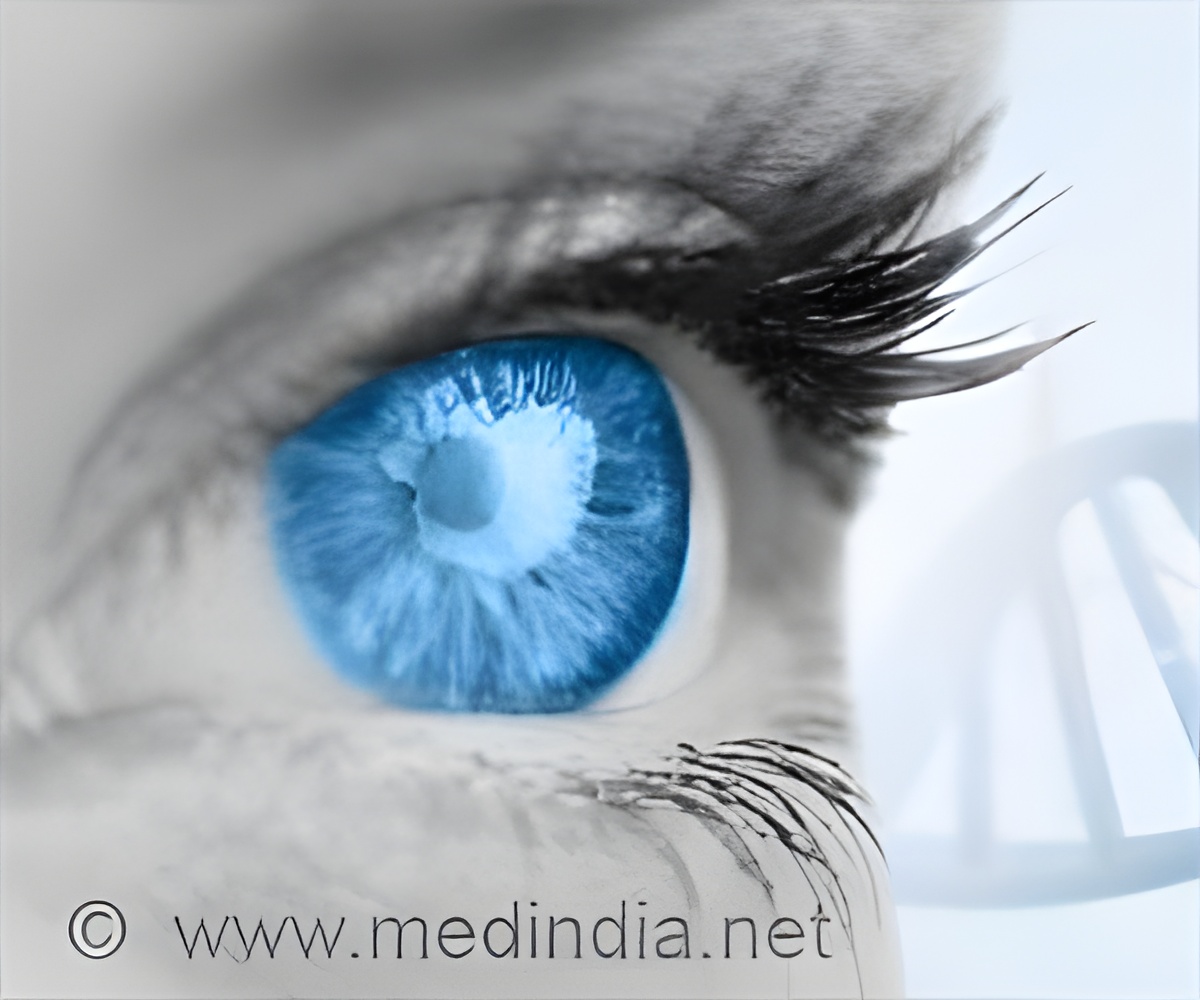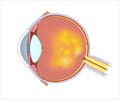Stem cells offer new hope in understanding and treating Age-related Macular Degeneration (AMD), potentially restoring vision.

Human iPSC-based disease modeling studies identify a common mechanistic defect and potential therapies for AMD and related macular dystrophies
Go to source). "Current treatments for AMD have limited efficacy and often come with significant side effects," said Ruchira Singh, PhD, with the University of Rochester Flaum Eye Institute and Center for Visual Sciences, and lead author of the study. "Our research aims to identify novel therapeutic targets that could potentially halt the progression of this disease."
‘Overproduction of a protein called TIMP3 is linked to age-related #maculardegeneration (#AMD). Could targeting TIMP3 be a key to new treatments for this #eyedisease? #eyehealth #research’





Stem Cells Unravel the Mystery of AMD
The study utilized human stem cells to model AMD, overcoming the limitations of previous research using animal models. By examining genes associated with both AMD and rarer inherited forms of blindness called macular dystrophies, the researchers identified a key protein involved in the early stages of the disease.The retinal pigment epithelium (RPE), a layer of cells at the back of the eye, plays a crucial role in AMD. Over time, deposits of lipids and proteins, known as drusen, accumulate in the RPE. These deposits are often an early indicator of AMD.
By using a small molecule inhibitor to block the activity of the enzyme associated with inflammation, the researchers were able to reduce drusen formation in their model, suggesting that targeting this pathway could be a promising strategy for preventing AMD.
AMD affects the macula, the central part of the retina, leading to blurred or distorted vision. There are two main types: dry and wet AMD. Early detection and treatment can help manage symptoms and slow progression.
"Cellular pathways involved in drusen formation are key drivers of AMD progression," said Dr. Singh. "If we can halt the accumulation of drusen, we may be able to prevent the disease from progressing to a stage where vision loss occurs. This research offers hope for developing new treatments that could significantly improve the lives of millions of people affected by AMD."
Advertisement
Reference:
- Human iPSC-based disease modeling studies identify a common mechanistic defect and potential therapies for AMD and related macular dystrophies - (https://linkinghub.elsevier.com/retrieve/pii/S1534580724005331)









